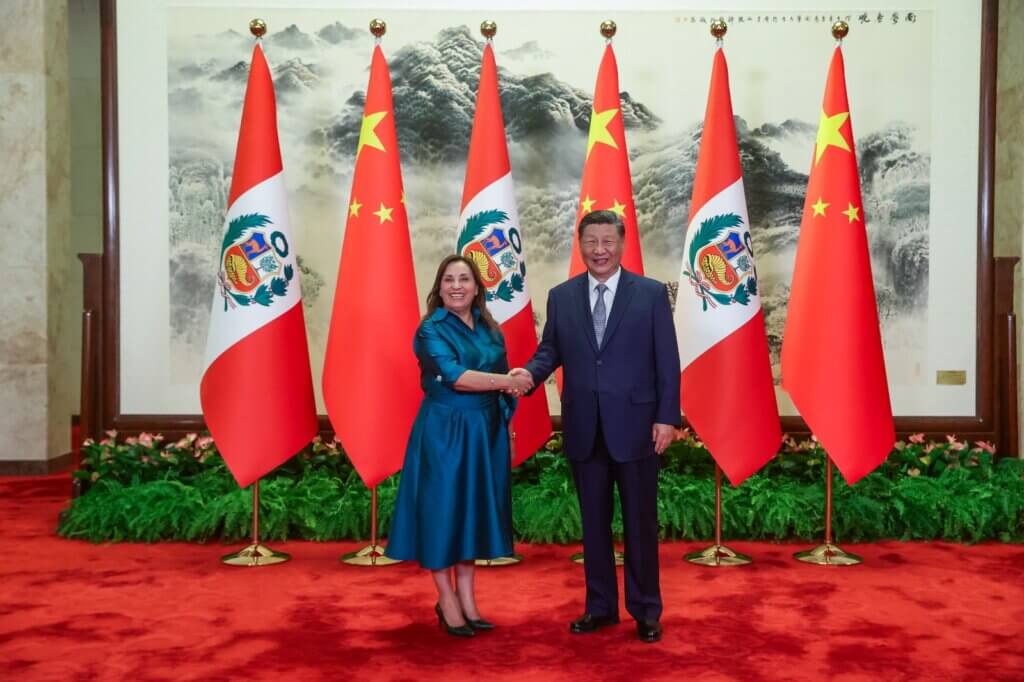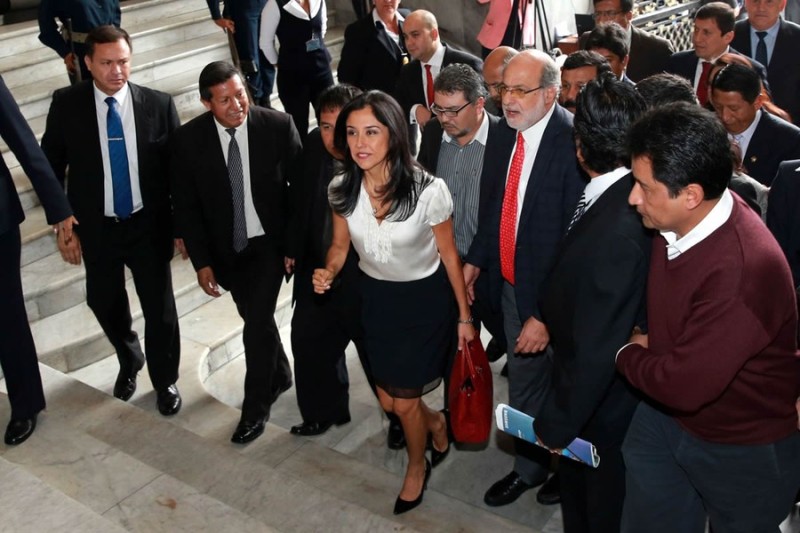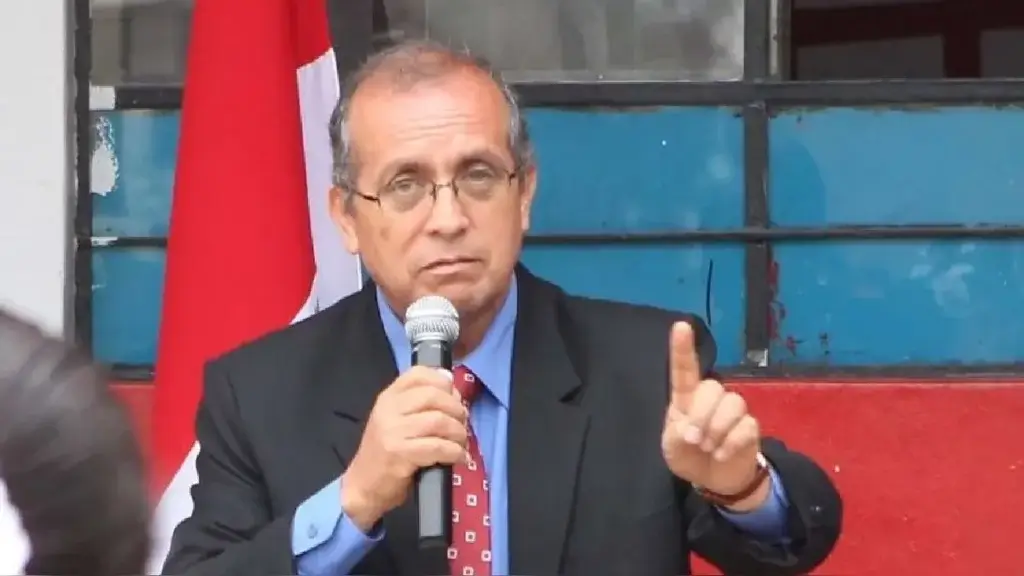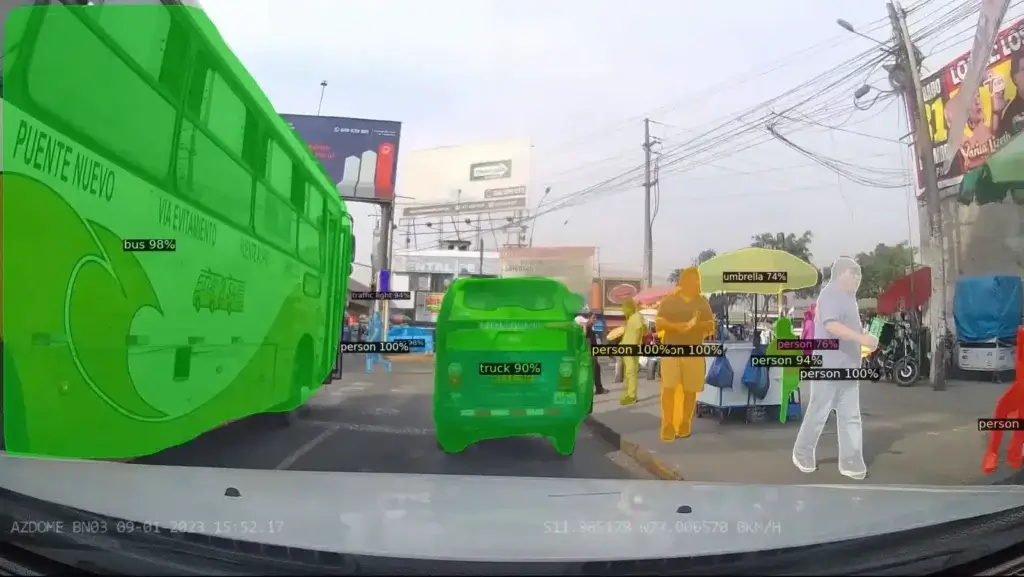Heavy rains and flooding destroyed thousands of homes this week in Peru’s San Martin and Ancash states.
In the northern jungle state of San Martin, intense rains lasting over 15 hours raised the water level of the Huallaga, Huayabamba, Tonchima and Saposoa rivers to cause flooding which damaged over 2,000 homes and destroyed 25 acres of crops.
More than 14,000 San Martin residents were affected by the rains, and 1,000 were left homeless. Electricity, water and sewage infrastructure was damaged or ruined in the Picota, Huallaga, Mariscal Caceres and Bellavista provinces.
“We are continuing are evaluation of the damage and checking the roads in some critical points, for example in the Picota, Puerto Rico and San Hilarion areas where some villages are dangerously located,” said agriculture ministry official Jorge Montenegro.
Meanwhile, Ancash’s provincial capital and coastal city Chimbote saw a four-hour rain affect more than 5,000 homes in a southern district. The affected homes make up 30 squatter settlements which sprang up over the last six years in Nuevo Chimbote.
“From 4 p.m. to 8:30 pm yesterday, we have registered some 5,000 families affected by the rains,” said a civil defense official in Nuevo Chimbote. “Their mat roofs cannot withstand torrential rainfall. This is a problem because we are at the beginning of El Niño.”
The northern state of La Libertad also saw heavy rains in what may be the first heavy damages caused by a strong El Niño weather event.
Peru has spent over $1.3 billion on projects intended to withstand flooding and rains caused by El Niño. Agriculture minister Juan Manuel Benites has stated that the government’s projects will be finished by Dec. 15.
While Peru’s northern coast and jungle regions will see increased rainfall and flooding, the southern highlands will experience reduced rainfall and even droughts. Benites said the government’s response includes providing water to support over 1 million acres used for agriculture in Peru’s southern highlands states including Arequipa, Apurimac, Ayacucho, Cusco and Puno.
While Peru’s SENAMHI weather service recently reduced the probability of a “strong” or “extraordinary” El Niño for Peruvian territory from 55% to 50%, U.S. data recently published data indicating the current phenomenon could be the strongest El Niño ever recorded.
Economists estimate that a strong El Niño will slow Peru’s GDP growth in 2016 by one to two percentage points.
Sources
Lluvias de más de 15 horas seguidas se registran en la región San Martín (Andina)
Lluvias de más de 4 horas afectan a 5,000 familias de Nuevo Chimbote (Andina)
Trabajos de prevención ante El Niño culminan en quincena de este mes (Andina)
Damnificados por inundaciones y lluvias en San Martín reciben ayuda (Andina)
Trujillo: lluvias influenciadas por El Niño cayeron ayer y hoy (El Comercio)
Fenómeno de El Niño enciende las alarmas (El Comercio)
Cinco mil viviendas afectadas por lluvias en Nuevo Chimbote (RPP)











